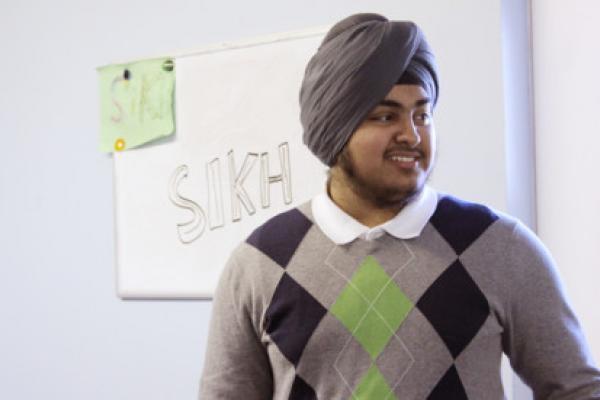Jan 31, 2014
Throughout elementary, middle, and high school, Prabhdeep Suri has been the only Sikh in his class, and it’s been obvious.
Like all Sikh boys, he wore a patka, a head covering for his uncut hair that’s worn out of respect for his gurus. To his classmates, the patka was a license to stare, taunt, isolate, punch, and kick him. It was a target to knock off his head. It was the reason they called him “Osama bin Laden” and “terrorist.”
“He came home crying three days out of five,” his mother, Harpreet Suri remembered. “They were taking his patka off almost every day.”
Read the Full Article

Already a subscriber? Login
